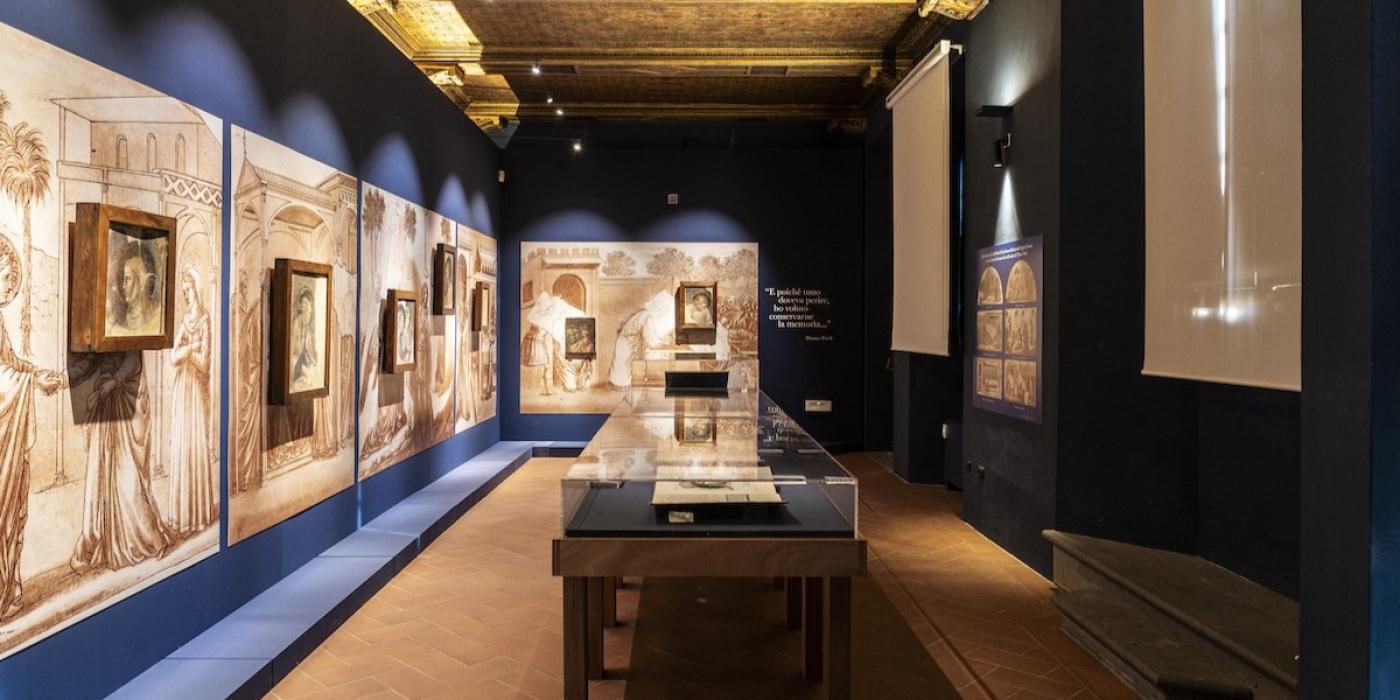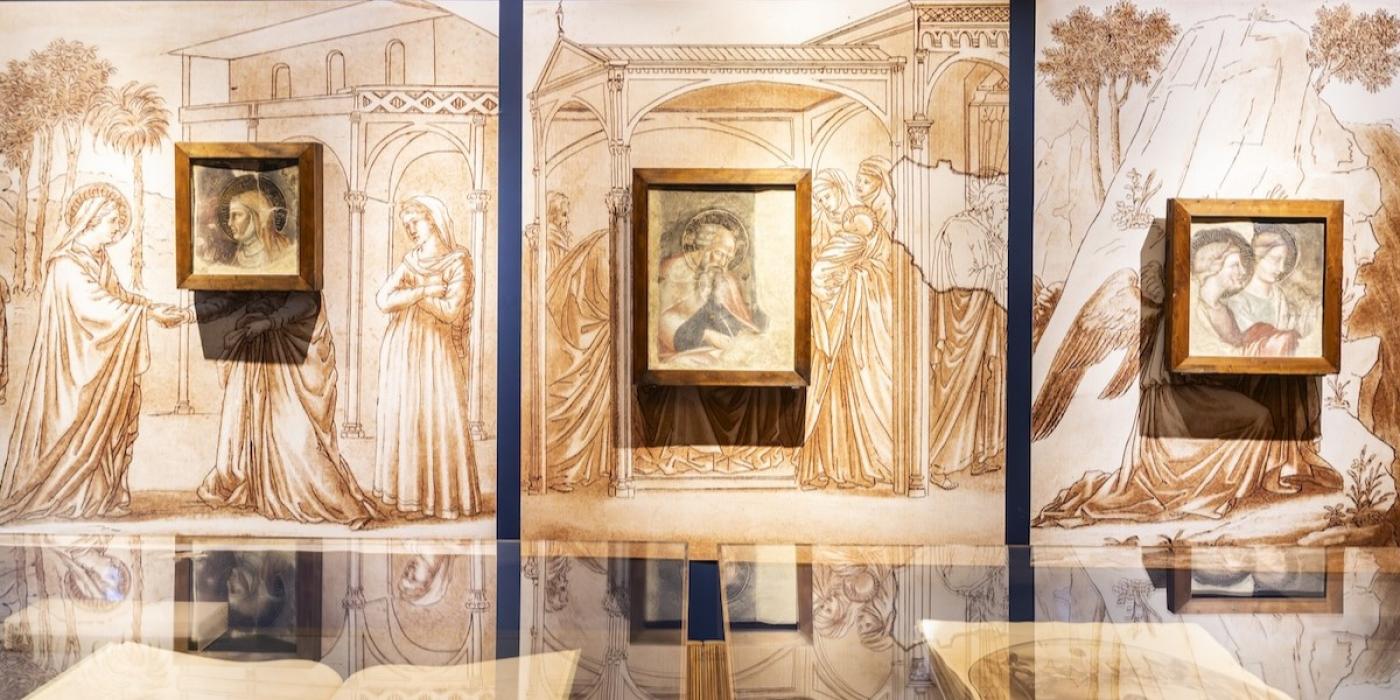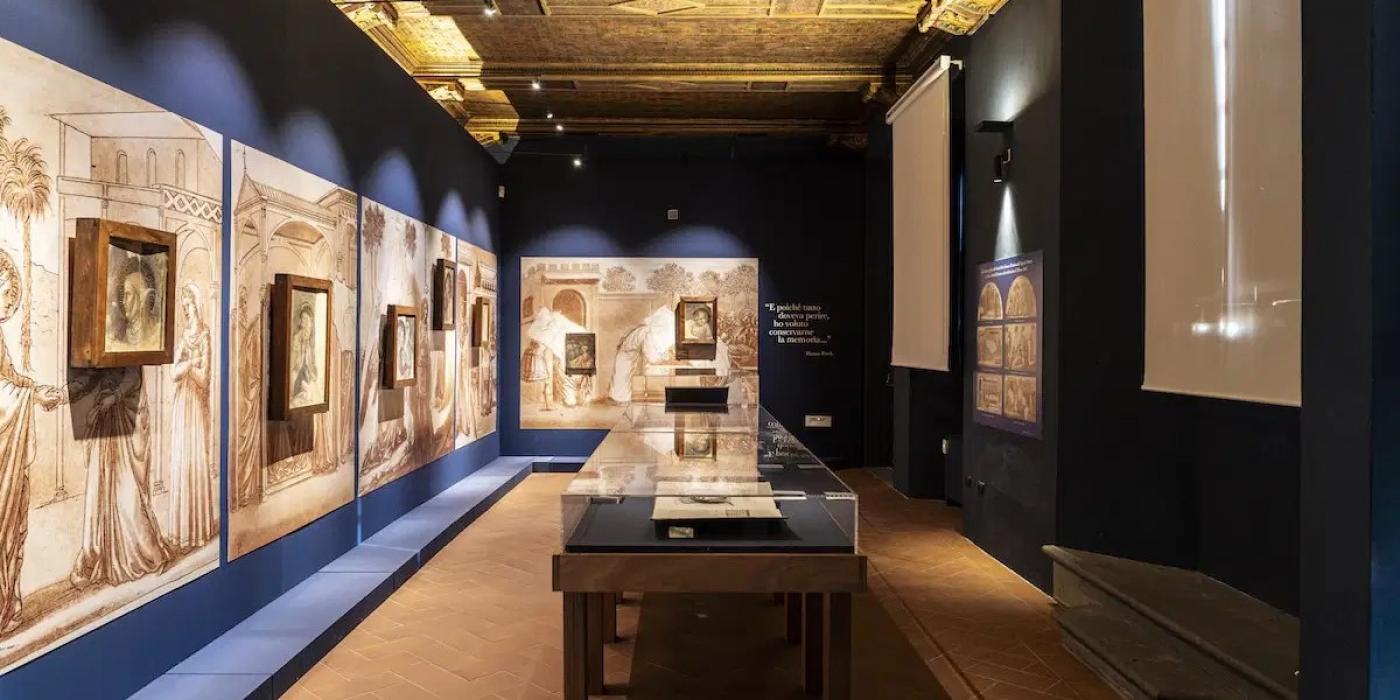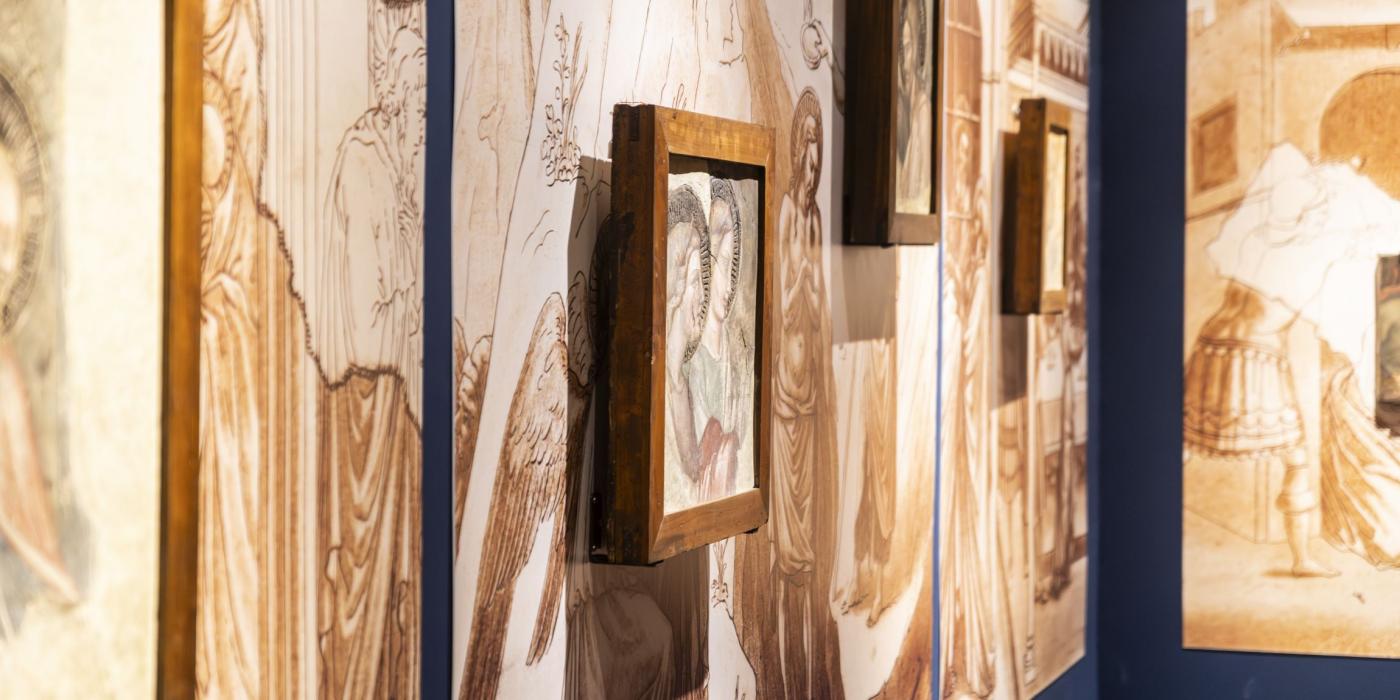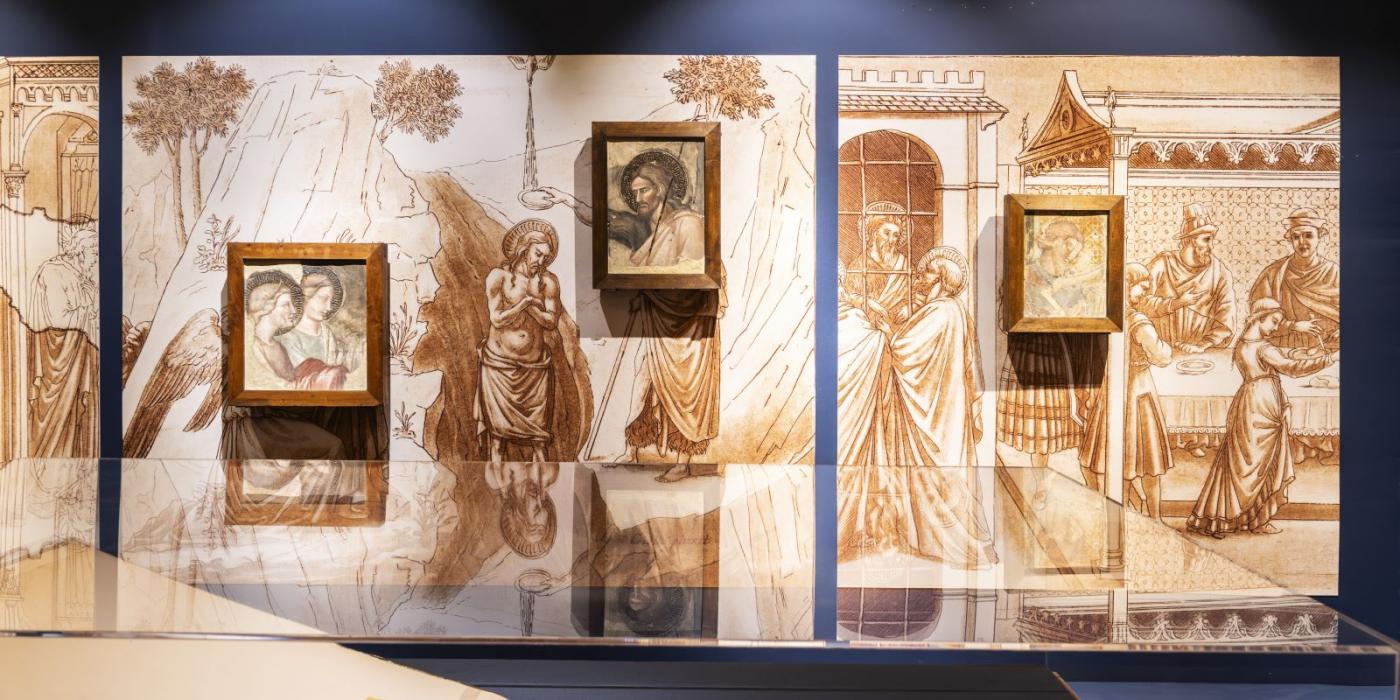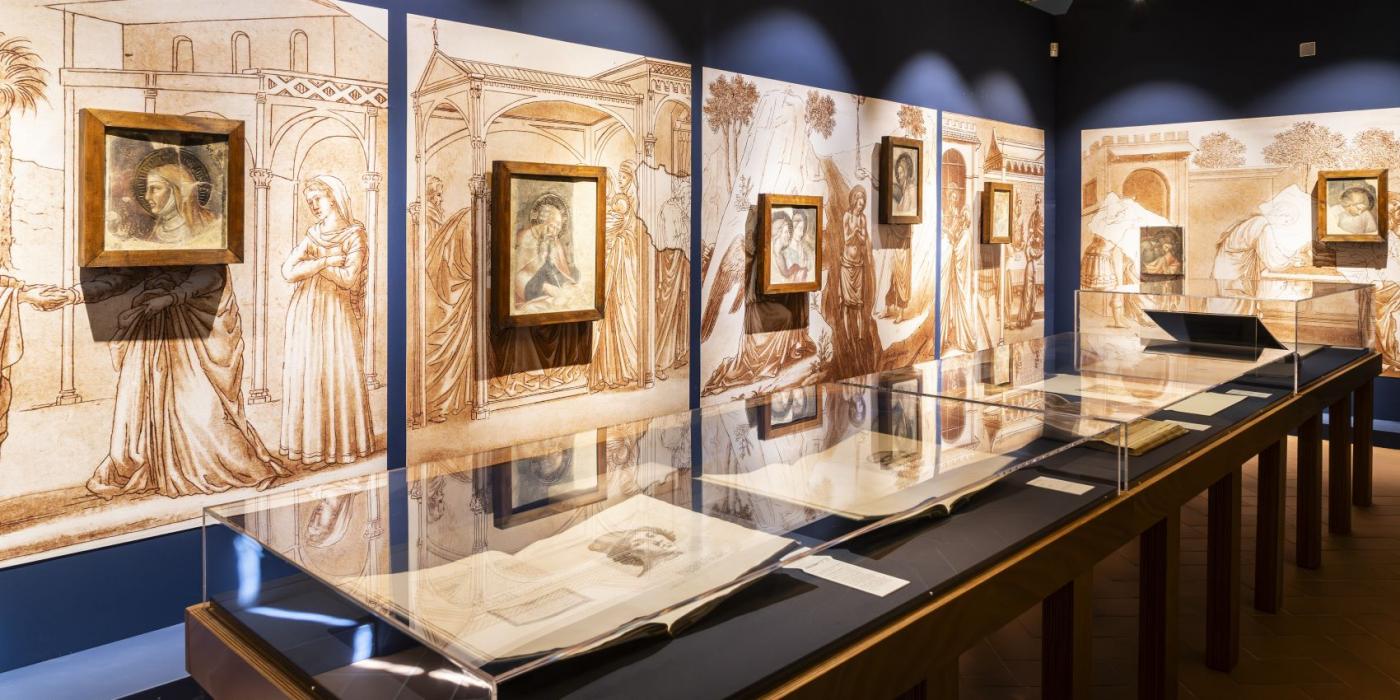Thomas Patch in Florence: The Memory of the Middle Ages and the Renaissance
On the tercentenary of the birth of Thomas Patch (Exeter, 1725 – Florence, 1782), the city of Florence commemorates the English artist with this exhibition that explores his relationship with the city and his publishing activity, revealing a crucial chapter in the history of European taste between the 18th and 19th centuries.
Born and raised in England (Exeter, 1725), Patch settled in Florence in 1755, after his Roman period interrupted by a papal expulsion, finding the city of the lily his adopted home. Here he became a point of reference for the English-speaking community gathered around Sir Horace Mann and was simultaneously a connoisseur of scholars, aristocrats and artists. A talented landscape painter and astute caricaturist, Patch linked his name to his work as a connoisseur and popularizer of Tuscan art between the 14th and 15th centuries, the era then known as the Primitives, anticipating the widespread critical acclaim they would enjoy in the 19th century.
The exhibition presents his valuable publications on Giotto, Masaccio, Ghiberti and Fra Bartolomeo della Porta, along with portions of frescoes from the Manetti Chapel in Santa Maria del Carmine, recovered by the artist himself before the chapel's dismantling and now on display in a unique manner. Through his engravings, Patch brought these artists' masterpieces back to the European public, promoting their knowledge and appreciation.
The exhibition highlights the artist's major publishing ventures, including The Life of Masaccio (1770), The Life of Fra Bartolomeo della Porta (1772), and The Life of Giotto (1772), as well as the series of engravings dedicated to the Gates of Paradise of the Florence Baptistery (1772–1774), created in collaboration with Ferdinando Gregori and titled Thirty-four Engravings of the Third Gate of the Baptistery of St. John in the City of Florence.
These works contributed to building a visual canon of the Middle Ages and early Renaissance accessible to the European public.
Significantly, the exhibition is hosted by the Stefano Bardini Museum, thus establishing an ideal dialogue with the English collector Stefano Bardini, who in the 19th century based his activity on the recovery and valorization of ancient works and detached frescoes, to whom the civic museum is dedicated.
Born and raised in England (Exeter, 1725), Patch settled in Florence in 1755, after his Roman period interrupted by a papal expulsion, finding the city of the lily his adopted home. Here he became a point of reference for the English-speaking community gathered around Sir Horace Mann and was simultaneously a connoisseur of scholars, aristocrats and artists. A talented landscape painter and astute caricaturist, Patch linked his name to his work as a connoisseur and popularizer of Tuscan art between the 14th and 15th centuries, the era then known as the Primitives, anticipating the widespread critical acclaim they would enjoy in the 19th century.
The exhibition presents his valuable publications on Giotto, Masaccio, Ghiberti and Fra Bartolomeo della Porta, along with portions of frescoes from the Manetti Chapel in Santa Maria del Carmine, recovered by the artist himself before the chapel's dismantling and now on display in a unique manner. Through his engravings, Patch brought these artists' masterpieces back to the European public, promoting their knowledge and appreciation.
The exhibition highlights the artist's major publishing ventures, including The Life of Masaccio (1770), The Life of Fra Bartolomeo della Porta (1772), and The Life of Giotto (1772), as well as the series of engravings dedicated to the Gates of Paradise of the Florence Baptistery (1772–1774), created in collaboration with Ferdinando Gregori and titled Thirty-four Engravings of the Third Gate of the Baptistery of St. John in the City of Florence.
These works contributed to building a visual canon of the Middle Ages and early Renaissance accessible to the European public.
Significantly, the exhibition is hosted by the Stefano Bardini Museum, thus establishing an ideal dialogue with the English collector Stefano Bardini, who in the 19th century based his activity on the recovery and valorization of ancient works and detached frescoes, to whom the civic museum is dedicated.
Information:
Hinweise für den Zutritt:
Direkter Einlass über den Kartenschalter und Einfügung in das erste verfügbare Zeitfenster für den Besuch.
Der letzte Eintritt ist eine Stunde vor Schließung.
Photo gallery
